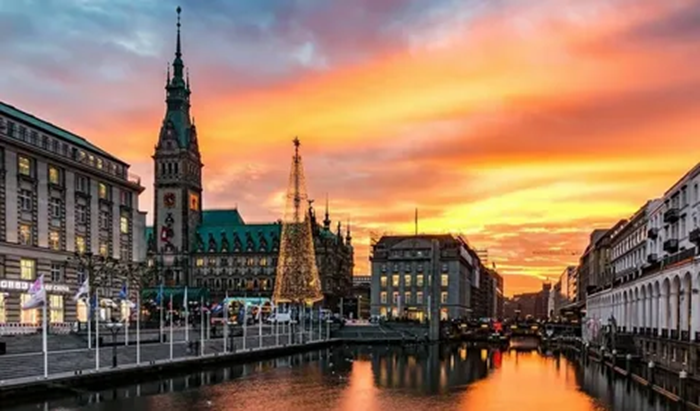The second most important and most populous city in Germany. Its area is seven times larger than Paris and twice as large as London. The history of Hamburg began in the 5th century.
Thanks to its convenient location on the Elbe River, the possibility of duty-free trade and its status as a free city, Hamburg quickly became an important trade and transport hub.
Today, as in ancient times, it is a free Hanseatic city or a separate federal subject, such as St. Petersburg or Sevastopol. Hamburg is also one of the greenest cities in Germany. Gardens, squares, parks and nature reserves occupy a seventh of the entire territory and half of the city center.
In the largest port city in Europe, you can see majestic ships and cozy harbors. Hamburg is comfortable for travelers at any time of the year, but it is especially beautiful here in the summer. More than 30 theaters, 10 cabarets, 50 museums and 6 music halls – there will be plenty of opportunities to touch the culture of Germany and organize an interesting and educational vacation.
There are almost 2.5 thousand bridges and footbridges in Hamburg – more than in Amsterdam and Venice combined. Interesting fact: there is not a single skyscraper or building higher than ten stories in the city. The reason is very good: the city authorities consider the fight to preserve the natural landscape a priority. A special feature of Hamburg is the coordinated coloring of buildings depending on the area. For example, around the Alster lake, all houses must be white with a red-brown roof.
What else is Hamburg famous for? The most famous sandwich on Earth – the famous hamburger. In the past, emigrants chose the seaport of Hamburg as their departure point to America. A road snack bought at the port was often a round bun with pieces of meat, covered with sauce and mustard. To make it easier to eat, a bread top was added on top of the sandwich.

